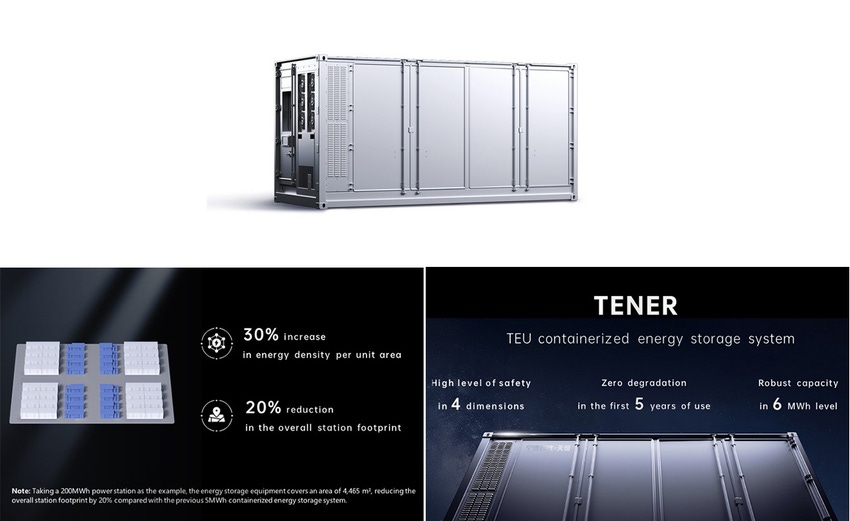CATL's Breakthrough Redefines Long-Lasting Energy Storage Solutions
CATL's TENER energy storage system maintains capacity and power with zero degradation for over five years.

Long-lasting energy storage solutions play a pivotal role in shaping the future of sustainable energy systems. These solutions address the intermittency and variability of renewable energy sources like solar and wind power, ensuring a reliable and stable electricity supply. Long-lasting energy storage systems enhance grid stability and flexibility by storing excess energy during periods of high production and releasing it during high demand or low generation. This capability is crucial for transitioning from fossil fuels to a clean energy future.
Addressing energy intermittency and variability
CATL recently unveiled TENER, claiming to have achieved the world’s first mass-producible energy storage system with zero degradation in the first five years of use. This achievement addresses crucial challenges in battery technology and significantly impacts the global transition to sustainable energy sources.
According to CATL, the core feature of TENER lies in its ability to maintain both capacity and power without degradation over the crucial initial five-year period. This achievement not only extends the lifespan of batteries but paves the way for an energy storage system with unparalleled longevity and stability by overcoming the hurdles of lithium-ion movement. CATL stated, "Leveraging biomimetic SEI (solid electrolyte interphase) and self-assembled electrolyte technologies, TENER has cleared roadblocks for the movement of lithium ions and achieved zero degradation for both power and capacity.”
TENER has the potential to achieve energy density packed within a compact space. With a capacity of 6.25 MWh housed within a 20-foot container, TENER has a 30% increase in energy density per unit area and a 20% reduction in overall station footprint. This design enhances energy density and efficiency and optimizes space utilization.
The technology behind TENER
TENER is equipped with CATL’s cell technology and is designed for energy storage applications. TENER achieves an energy density of 430 Wh/L, setting a new standard for LFP batteries in energy storage. LFP batteries have emerged as a leading contender in energy storage thanks to their remarkable safety, longevity, and thermal stability. Unlike traditional lithium-ion batteries, which may pose safety risks due to their use of cobalt-based chemistries, LFP batteries offer inherent stability and reduced risk of thermal runaway, making them an ideal choice for stationary energy storage applications.

TENER is equipped with LFP batteries. Courtesy of CATL.
With its long service life and zero degradation cells explicitly tailored for energy storage, TENER achieves impressive energy density and ensures consistent and dependable operation over its lifespan. This reliability is paramount, particularly in critical applications such as grid stabilization, renewable energy integration, and emergency backup power, providing a sense of security in its performance.
The unveiling of TENER underscores the critical role of research and development in advancing long-lasting energy storage solutions. By pushing the boundaries of innovation and harnessing cutting-edge technologies, companies like CATL are revolutionizing the energy storage landscape and paving the way for a more sustainable future. Continued investment in R&D will be essential in addressing the challenges of climate change and meeting the growing demand for reliable, efficient, and environmentally friendly energy storage solutions.
About the Author(s)
You May Also Like





